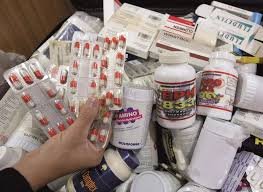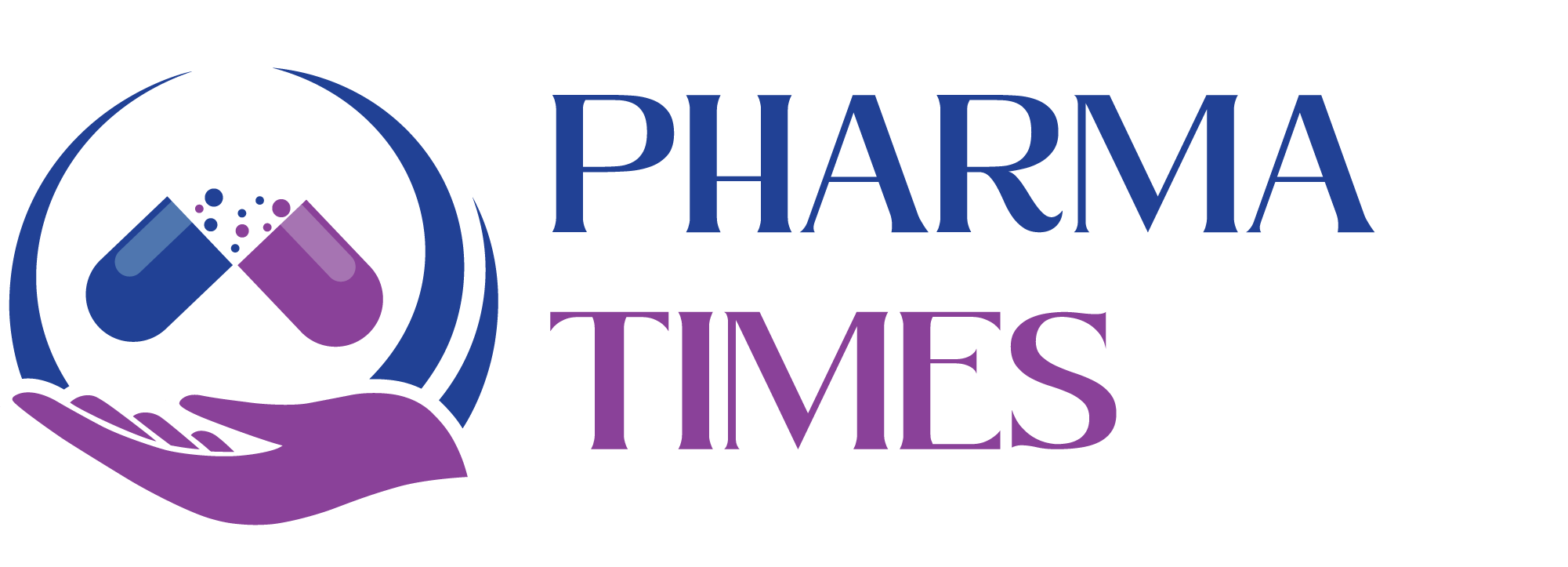Challenges Leading to Poor Pharmaceutical Quality Control

The quality of pharmaceutical products is crucial for ensuring their safety, efficacy, and reliability. When pharmaceuticals are substandard, they pose significant health risks, including treatment failures, adverse reactions, and even death. Various factors can contribute to the low quality of pharmaceutical products, including issues in manufacturing, formulation, regulation, and distribution. Here are the common causes of low quality in pharmaceuticals explained in detail:
1. Poor Manufacturing Practices
-
Inadequate Facility Maintenance: Pharmaceutical manufacturing requires highly controlled environments to prevent contamination and ensure the integrity of the products. If the manufacturing facility isn’t properly maintained or lacks sufficient cleanliness, it can lead to contamination or defects in the drugs.
-
Lack of Standard Operating Procedures (SOPs): Without strict adherence to SOPs, production lines may fail to meet the required standards. This could involve improper handling of raw materials, incorrect storage conditions, or insufficient quality checks during the production process.
-
Unqualified Personnel: Manufacturing drugs requires highly skilled personnel. Inexperienced workers or lack of proper training can lead to errors in drug formulation, packaging, or testing that negatively affect quality.
-
Inadequate Equipment: If equipment is outdated or not regularly calibrated, it may fail to produce products at the right quality. Precision in dosage measurements, mixing, and packaging is essential to pharmaceutical production.
2. Formulation and Ingredient Quality Issues
-
Substandard Raw Materials: Pharmaceutical products rely on high-quality raw materials, including active pharmaceutical ingredients (APIs) and excipients (inactive ingredients). If these materials are of low quality or contaminated, the final product’s quality will be compromised.
-
Incorrect Formulation: The formulation of a drug is a critical aspect of its quality. Errors in the combination of ingredients can affect the drug’s effectiveness, stability, or safety. For example, some ingredients may interact negatively, reducing the drug’s effectiveness or causing harmful side effects.
3. Inadequate Quality Control (QC) and Testing
-
Insufficient Testing: Comprehensive testing is essential at each stage of pharmaceutical production—raw materials, in-process tests, and finished products. A lack of thorough testing for factors like potency, stability, dissolution, and contamination can result in products not meeting required standards.
-
Quality Control Failures: Quality control teams are responsible for ensuring that pharmaceutical products meet regulatory standards. If QC is ineffective or compromised, substandard products may reach the market. This may be due to rushed processes, poor sampling, or unqualified personnel.
4. Regulatory Non-Compliance
-
Failure to Meet Regulatory Standards: Regulatory agencies such as the FDA (U.S.), EMA (European Medicines Agency), and WHO (World Health Organization) set strict guidelines for the production of pharmaceuticals. Non-compliance with these regulations, whether deliberate or accidental, can lead to the production of low-quality drugs.
-
Lack of Proper Documentation: Pharmaceutical manufacturers must maintain comprehensive records of all processes, from raw material sourcing to final product testing. Incomplete or incorrect documentation can hinder oversight and regulatory audits, allowing low-quality products to be distributed.
5. Poor Storage and Distribution Practices
-
Improper Storage Conditions: Pharmaceuticals often need to be stored at specific temperatures or humidity levels to maintain their potency and stability. Poor storage conditions, such as exposure to heat, moisture, or sunlight, can degrade the drug’s quality and reduce its effectiveness.
-
Transport Issues: Pharmaceutical products are sensitive to temperature and physical stress during transportation. Poor handling during shipping, exposure to extreme temperatures, or rough transit conditions can lead to drug degradation or contamination, impacting the quality upon arrival.
6. Counterfeit Drugs
-
Illegal Substitutes and Fake Drugs: Counterfeit drugs are a significant source of low-quality pharmaceuticals. These products may contain incorrect or harmful ingredients, be improperly dosed, or lack the necessary efficacy. The proliferation of counterfeit medicines, especially in under-regulated markets, can be dangerous to patients.
-
Lack of Traceability: Inadequate tracking of the drug’s origin and supply chain increases the risk of counterfeit products entering the market. Poor traceability can prevent the detection and removal of these substandard products, further compromising public health.
7. Poor Research and Development (R&D)
-
Inadequate R&D: Insufficient research into the formulation, safety, and effectiveness of a drug before it goes to market can lead to suboptimal products. Drugs that are not properly tested for long-term stability or effectiveness might show issues once they are in circulation.
-
Failure to Account for Variability: Differences in patient populations, such as genetic variations or co-existing health conditions, are often not fully addressed during the development phase. This oversight can result in drugs that don’t work effectively for all patients or cause harmful side effects in some.
8. Inadequate Risk Management Systems
-
Failure to Anticipate Risks: In the pharmaceutical industry, anticipating potential risks at every stage of the drug’s lifecycle is critical. A lack of proper risk management systems can result in overlooking issues that may affect product quality, such as manufacturing defects or distribution errors.
-
Poor Post-Market Surveillance: Even after drugs reach the market, it’s crucial to monitor their performance. Inadequate post-market surveillance systems can delay the identification of quality issues, such as adverse reactions or inefficacy, leading to patients receiving substandard treatments.
9. Financial Pressures and Cost-Cutting Measures
-
Cost Overruns or Budget Constraints: Pharmaceutical companies often face financial pressures that can lead to cutting corners in manufacturing, testing, or regulatory compliance. These cost-cutting measures may lead to poor-quality products being manufactured and sold.
-
Rushed Production: In a bid to meet market demand or reduce expenses, some manufacturers may rush production, skip essential testing, or cut back on safety measures. This can lead to drugs being produced with defects or variations that affect their quality.
10. Supply Chain Challenges
-
Global Supply Chain Disruptions: The pharmaceutical supply chain is often global, and disruptions in the sourcing of raw materials or manufacturing components can affect product quality. Natural disasters, political instability, or economic changes in key supply countries can affect the consistency and quality of pharmaceuticals.
-
Supplier Inconsistencies: Pharmaceutical manufacturers often rely on third-party suppliers for certain ingredients or components. If these suppliers do not adhere to strict quality standards or have inconsistent production practices, it can result in variations in the quality of the finished drug.
Conclusion
Maintaining high quality in pharmaceuticals is a complex process requiring attention to detail across various stages of production, from raw material sourcing to manufacturing, testing, storage, and distribution. Poor manufacturing practices, substandard ingredients, inadequate quality control, regulatory non-compliance, and supply chain issues are just a few of the many factors that can contribute to low-quality pharmaceutical products. Addressing these challenges through rigorous standards, proper training, and vigilant oversight is essential to ensure that patients receive safe, effective medications.
🎓 Discover one of the best Pharmaceutical Production courses available — click below to explore the course that’s shaping future Production skills.
#CounterfeitDrugs, #DrugManufacturing, #DrugSafety, #GoodManufacturingPractices, #PharmaceuticalQuality, #PharmaceuticalRegulations, #PharmaIndustryChallenges, #PharmaSafety, #QualityControl
Posted onMay 5, 2025

